In a context where technological innovation is redefining standards of performance and efficiency, BNP Paribas' "AI for Efficiency" program, developed in collaboration with Artefact, stands out as an ambitious model for transforming commercial banking through artificial intelligence.
This project demonstrates how a structured, value-driven approach can not only optimize processes but also address the challenges of an ever-evolving industry.
Transforming Commercial Banking: AI for Efficiency
BNP Paribas’ “AI for Efficiency” program, developed with Artefact, aims to transform commercial banking through AI. By focusing on performance, efficiency, and value creation, this project embodies an ambitious and structured vision of AI integration into banking processes.
Program Structure: A Comprehensive and Pragmatic Approach
Launched in six months, “AI for Efficiency” is built on three key pillars: value, industrialization, and risk management. These focus areas ensure the relevant use of AI while adhering to regulations and creating a lasting positive impact. A “Factory” responsible for industrialization guarantees the sustainability of innovations, while a center of excellence drives the program through four key areas: expertise, value, exploration, and coverage. These areas foster innovation while maintaining consistency between applied research, risk management, and technological adaptation.
Use Cases: Concrete Examples of AI Impact
The program includes several AI application streams:
“We led the project because it creates value, estimated and endorsed by the business units, departments, and validated by AI experts.”Jérémie CORNET VUCKOVIC, Consulting Director at Artefact
Key Success Factors: Value, Industrialization, and Accountability
Challenges and Next Steps: The Stakes of Sustainable Transformation
“For this initiative to endure over the next two years, it must become industrialized. It needs to be fully integrated into the bank’s or the company’s processes.”Adrien VESTEGHEM, AI Program Director at BNP Paribas

 BLOG
BLOG





